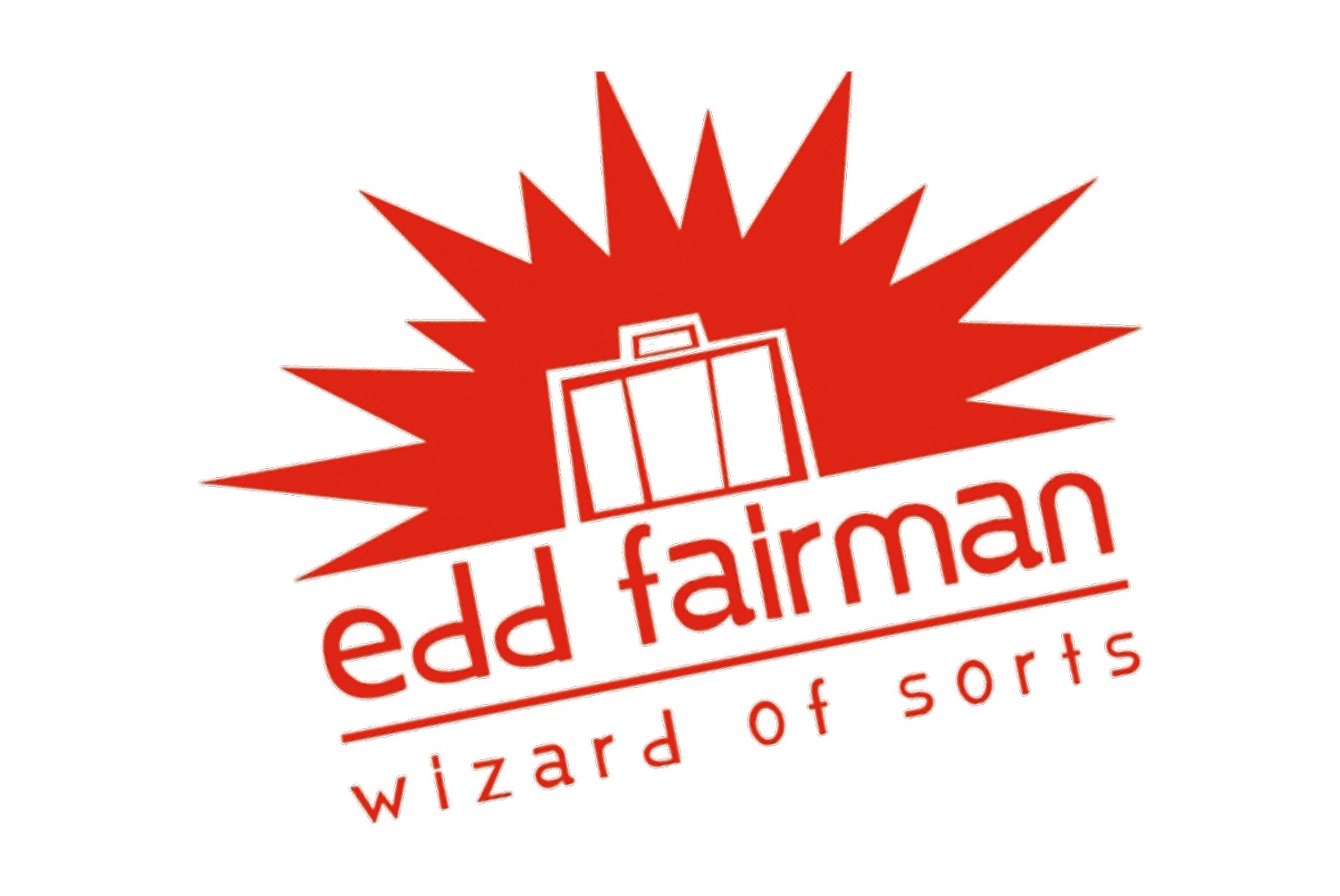The Psychology behind Magic Tricks
As a corporate magician, one of the most fascinating aspects of my profession is the psychological principles that underlie magic tricks and how they create amazement and engagement in audiences. In this blog post, I'll be exploring some of these principles and discussing how they help to make magic tricks both captivating and memorable.
One of the key psychological principles at work in magic tricks is misdirection. This is the art of directing the audience's attention away from the secret of the trick, allowing the magician to perform it without being noticed. Misdirection can be achieved through a variety of techniques, such as using props or gestures to distract the audience, or by using humor or other engaging elements to keep them focused on something other than the secret of the trick.
Another important psychological principle in magic is the use of suspense and surprise. Magic tricks are often designed to build suspense and create a sense of anticipation in the audience, leading up to a surprising and unexpected reveal at the end. This can be achieved through various means, such as slowly revealing the conclusion of the trick, or by using dramatic or suspenseful music to enhance the atmosphere. The element of surprise is crucial in magic, as it helps to create amazement in the audience, and makes the trick more memorable.
The role of audience participation in magic is also an important psychological principle. Many magic tricks involve audience participation, either through direct interaction with the magician or through involvement in the trick itself. This can create a sense of involvement and engagement in the audience, making them feel more connected to the performance and enhancing their enjoyment of the trick. It can also create a sense of intimacy and connection between the magician and the audience, helping to build a rapport and making the performance more personal and memorable.
In conclusion, the psychology behind magic tricks is a fascinating and complex field, and it plays a crucial role in creating amazement and engagement in audiences. By understanding and utilizing principles like misdirection, suspense and surprise, and audience participation, magicians can create truly captivating and memorable performances that leave audiences amazed and entertained.
Wanna talk about how Edd can use his mastery of psychology to bring more people to your trade show booth, qualify potential leads, and hand them over to your sales team all warmed up? Schedule a quick 15 minute call at http://www.calendly.com/wizardofsorts
